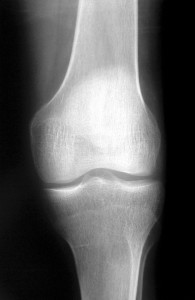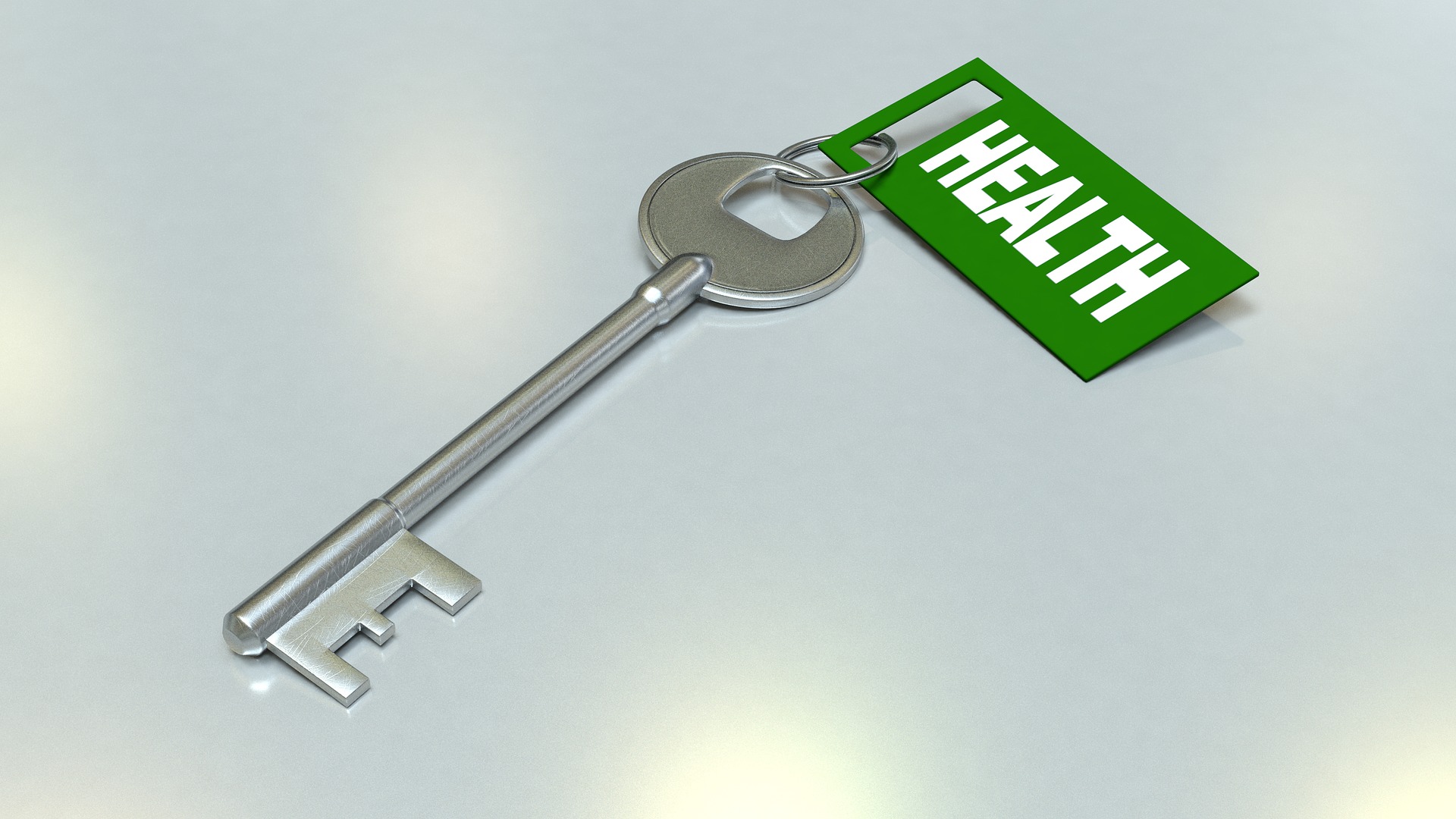
SICKLE CELL AND SWOLLEN LIMBS
I was sick recently and by that I mean, I had a crises; it was my knee and I could not walk and after it went to my hands and I could barely lift up anything. Needless to say I ended up in hospital and during my going in an out, as we have a Sickle Cell day pain clinic and that was what I opted for instead of being admitted into hospital. I then noticed that my knee was swollen and my goodness it was scary to look at, as it was double the size of the other knee.
I then remembered that when I was little, I would have swollen limbs but I have not experienced it in the last 40 odd years or so.
Now, that I am back on my feet again and well, I thought I would do some research on the topic today.
http://www.medicinenet.com/sickle_cell states:
Virtually all of the major symptoms of sickle cell anemia are the direct result of the abnormally shaped, sickled red blood cells blocking the flow of blood that circulates through the tissues of the body. The tissues with impaired circulation suffer damage from lack of oxygen. Damage to tissues and organs of the body can cause severe disability in patients with sickle cell anemia. The patients endure episodes of intermittent “crises” of variable frequency and severity, depending on the degree of organ involvement.
The major features and symptoms of sickle cell anemia include:
- Fatigue and Anemia
- Pain Crises
- Dactylitis (swelling and inflammation of the hands and/or feet) and Arthritis
In doctor Michael M. Alexiades, MD, article on Osteonecrosis of the Knee: An Overview from https://www.hss.edu/conditions_osteonecrosis-of-the-knee-overview.
Knee pain has multiple causes, the most common being osteoarthritis, particularly in the older population. However, there are other conditions besides osteoarthritis which can cause pain, such asmeniscal cartilage tears and ligament injuries of the knee, or issues that affect blood circulation in the surrounding bone area, leading to a condition called osteonecrosis.
One must note that bone is a living tissue – much like any other part of the body – and requires blood and oxygen to survive. In osteonecrosis, the blood supply to an area of bone is interrupted and results in death of that segment of bone. The term “osteonecrosis” is a Latin term for “bone death” and the condition is also referred to as avascular necrosis (or AVN).
When an area of bone loses its blood supply as a result of osteonecrosis, the body tries to replace it with living bone in a process sometimes referred to as “creeping substitution.” However, in this progression the softening and absorption of necrotic bone outpaces new bone formation. During this replacement process there is a temporary weakening – and the possibility of collapse – of this segment of bone.
When osteonecrosis involves a weight bearing surface near a joint such as the knee, the weakened surface may break or collapse under normal loading. This surface fracture, called a subchondral fracture, may cause sudden, acute pain in the joint.
One theory is that fat globules form inside the microvessels of the bone, resulting in blockage of the vessels and diminished circulation. In addition, some patients have a specific activity or trauma associated with their pain, and this can be a result of a bone contusion (bone bruise) or stress fracture. It has been noted that if the pressure within the bone is measured in an area of osteonecrosis, there is usually marked increase in pressure along with very fatty bone marrow.
Women are more commonly affected, typically three times that of males, and it is more common in those 60+ years of age.
The conditions that are associated with osteonecrosis of the knee are:
- Sickle cell anemia
- Thalassemia







